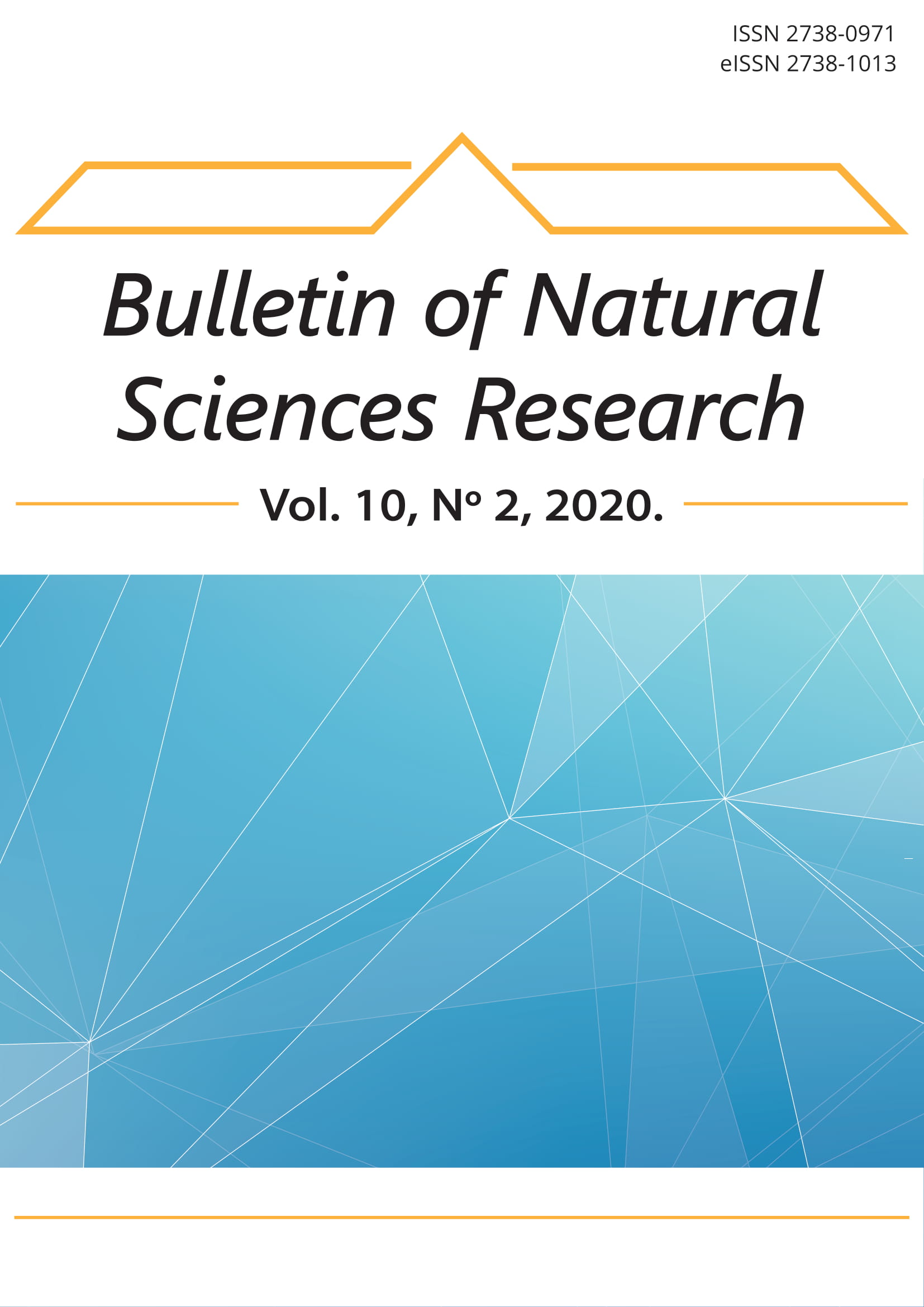MATHEMATICS TEACHER’S PERCEPTIONS ABOUT INFLUENCE OF DIFFERENT ICT USAGE STRATEGIES ON THEIR COMPETENCIES
Abstract
Teacher competencies are among the key factors of a successful mathematics instruction. The main goal of the study was to compare teachers’ beliefs and attitudes affected by different strategies in organizing the instruction process. The study gives a comparison of teachers’ competencies in three groups of teachers – one teaching mathematics without ICT, the second using ready-made GeoGebra applets and the third one developing their own GeoGebra applets in cooperation with their students. The survey includes 65 mathematics teachers working in 21 primary and secondary schools in southern regions of Serbia. We observed, assessed and compared affective-motivational characteristics of teachers – their beliefs and professional motivation. Results indicate that the teachers’ affective-motivational characteristics depend on the way they employ technology in representing the content they teach. If the technology is used in an inappropriate manner it can impede the students’ creativity, but it also obstructs teachers in deploying their full abilities in the process. The results also bring to the fore issues concerning ways to maintain positive effects achieved through ICT empowered instruction organized in the way the third group of teachers did.
References
Arbain, N., & Shukor, N. 2015. The effects of GeoGebra on students’ achievements, Procedia Social and Behavioral Sciences, 172, pp. 208-214.
Bennett, S., & Maton, K. 2010. Beyond the ‘digital natives' debate: Towards a more nuanced understanding of students' technology experiences. Journal of Computer Assisted Learning, 26, pp. 321-331.
Brown, R. 2010. Does the introduction of the graphics calculator into system-wide examinations lead to change in the types of mathematical skills tested? Educational Studies in Mathematics, 73(2), pp. 181-203.
Bullen, M., Morgan, T., & Qayyum, A. 2011. Digital Learners in Higher Education: Generation is Not the Issue. Canadian Journal of Learning Technology, 37(1), pp. 1-24.
Döhrmann, M., Kaiser, G., & Blömeke, S. 2012. The conceptualisation of mathematics competencies in the international teacher education study TEDS-M, ZDM, 44(3), pp. 325-340.
Farrell, A. 1996. Roles and behaviors in technology-integrated precalculus classrooms. Journal of Mathematical behavior, 15, pp. 35-53.
Fuglestad, A. B., Healy, L., Kynigos, C. & Monaghan, J. 2010. Working with teachers: Context and Culture. In C. Hoyles, and J.-B. Lagrange (Eds.), Mathematics education and technology—rethinking the terrain. The 17th ICMI study, pp. 293-310. Heidelberg: Springer.
Goos, M. & Lavergne, S., with Assude, T., Brown, J., Kong, C., M., Glover, D., Grugeon, B., Laborde, C., Lavicza, Z., Miller, D., & Sinclair, M. 2010. Teachers and teaching: Theoretical perspectives and issues concerning Classroom implementation. In C. Hoyles, and J.-B. Lagrange (Eds.), Mathematics education and technology—rethinking the terrain. The 17th ICMI study, pp. 311-328. Heidelberg: Springer.
Hohenwarter, J., Hohenwarter, M., & Lavicza, Z. 2009. Introducing Dynamic Mathematics Software to Secondary School Teachers: the Case of GeoGebra. Journal of Computers in Mathematics and Science Teaching, 28(2), pp. 135-146. Waynesville, NC USA: Association for the Advancement of Computing in Education (AACE). Retrieved March 17, 2018 from https://www.learntechlib.org/p/30304/.
Hopper, S. 2009. The effect of technology use on Student interest and understanding in Geometry, Studies in Teaching, Research Digest, pp. 37-42.
Jimoyiannis, A. 2010. Designing and implementing an integrated technological pedagogical science knowledge framework for science teachers’ professional development. Computers & Education, 55(3), pp. 1259-1269. doi: 10.1016/ j.compedu.2010.05.022
Oblinger, D., & Oblinger, J. 2005. Is it Age or IT: First steps towards understanding the net generation? In: D. Oblinger and J. Oblinger Eds., Educating the Net Generation. (2.1-2.20). Boulder, CO: EDUCAUSE.
Preiner, J. 2008. Introducing dynamic mathematics software to mathematics teachers: The case of GeoGebra. PhD Thesis, University of Salzburg Austria.
Rajagopal, S., Ismail, Z., Ali, M., & Sulaiman, N. 2015. Attitude of secondary students towards the use of GeoGebra in learning loci in two dimensions, International Educational Studies, 8(13), pp. 27-32.
Senk, S.L., Tatto, M.T., Reckase, M., Rowley, G., Peck, R., & Bankov, K. 2012. Knowledge of future primary teachers for teaching mathematics: An international comparative perspective. ZDM - The International Journal on Mathematics Education, 44(3), pp. 307-324.
Tabach, M., Hershkowitz, R., & Dreyfus, T. 2013. Learning beginning algebra in a computer-intensive environment, The International Journal on Mathematics Education, 45, pp. 377-391.
Tatar, E. 2013. The effect of dynamic software on prospective mathematics teachers’ perceptions regarding information and communication technology, Australian Journal of Teacher Education, 38(12), pp. 1-16.
White, D.S., & Le Cornu, A. (2011). Visitors and Residents: A new typology for online engagement. First Monday, 16, pp. 9-15.
Zakaria, E., & Lee. L. S. 2012. Teachers’ perceptions towards the use of GeoGebra in the teaching and learning Mathematics, Journal of Mathematics and Statistics, 8(2), pp. 253-257.
Authors retain copyright and grant the journal right of first publication with the work simultaneously licensed under a Creative Commons Attribution License that allows others to share the work with an acknowledgement of the work's authorship and initial publication in this journal.

